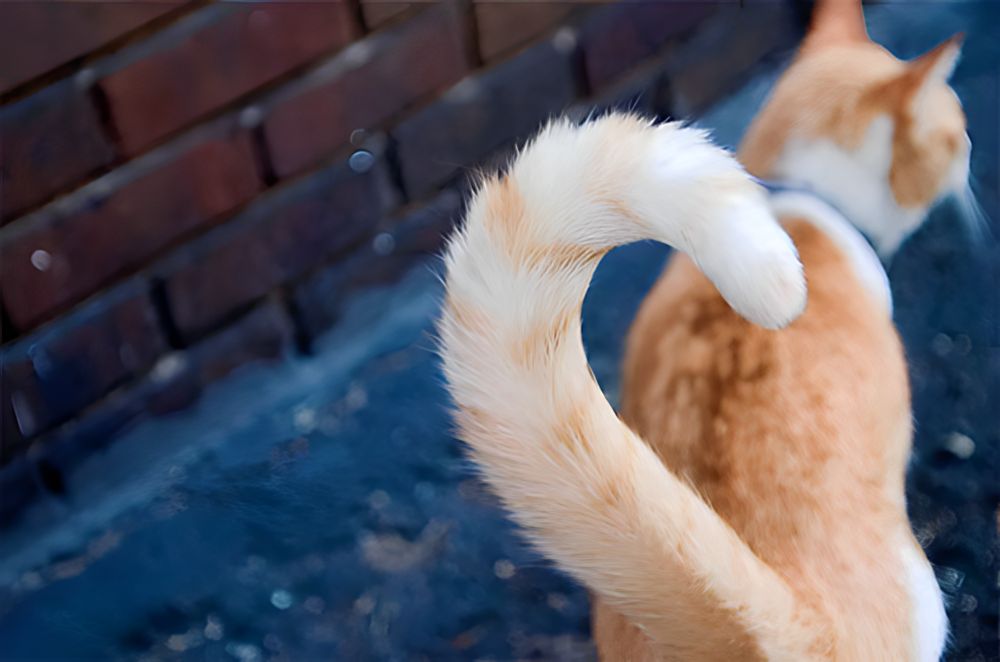
When you’ve spent time around cats, you’ll notice their tails convey a wealth of communication. A cat with its tail held high signifies a happy feline, while a tucked-away tail may indicate fear. However, it’s not merely the position of the tail that matters; the movement matters too, and that’s where tail twitching comes into play. Unlike a dog’s wagging tail, a twitching tail in a cat usually signals discomfort or unease—it’s like the feline version of impatiently tapping your foot.
In the wild, cats use their tails to communicate with other animals. A twitching tail might signal agitation or excitement to potential predators or rivals, serving as a warning to maintain distance or prepare for possible aggression. In a domestic setting, cats continue to use their tails as a form of expression. If a cat’s tail is twitching while it’s awake and interacting with its surroundings, it often signifies an aroused state. The cat might be annoyed or fearful.
During hunting or playful moments, when a cat is engrossed in mock hunting, the twitching tail reflects intense concentration and inner excitement. So, the next time you observe your cat’s tail twitching, take a moment to assess the situation. Are they being disturbed during their nap time, or would they prefer to be left alone while you attempt to pet them?
However, it’s important to note that not all tail movements indicate negative emotions. Slow and gentle waving or swishing of the tail can mean that the cat is relaxed and happy. Understanding your cat’s tail language can deepen your bond and ensure you respond appropriately to their needs.
![]()
